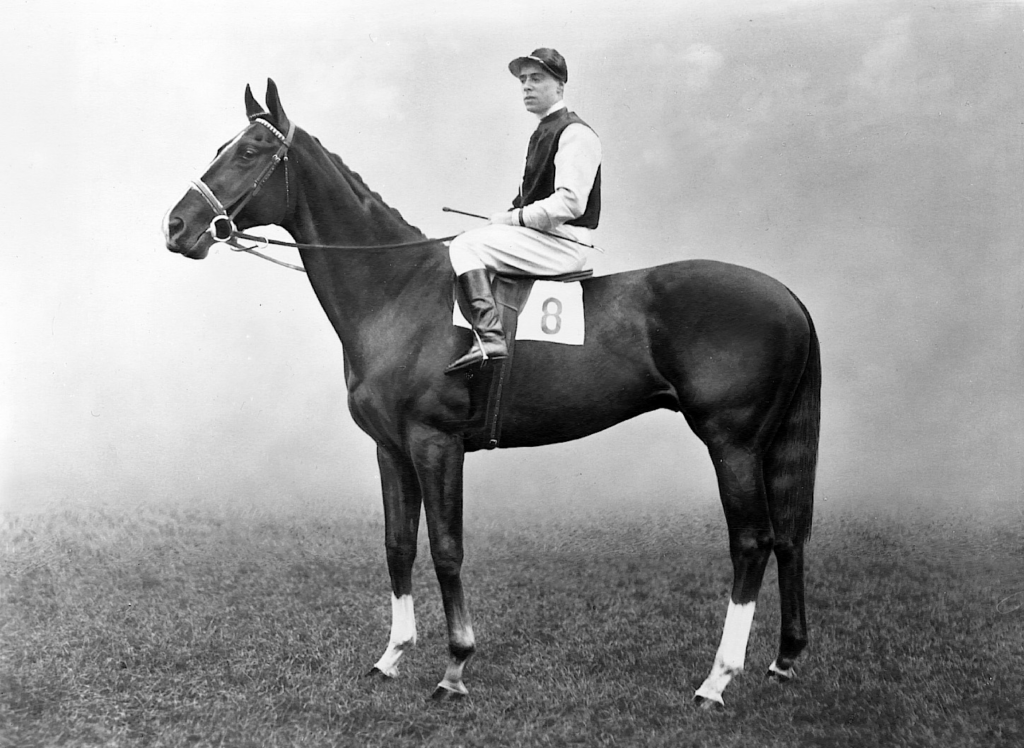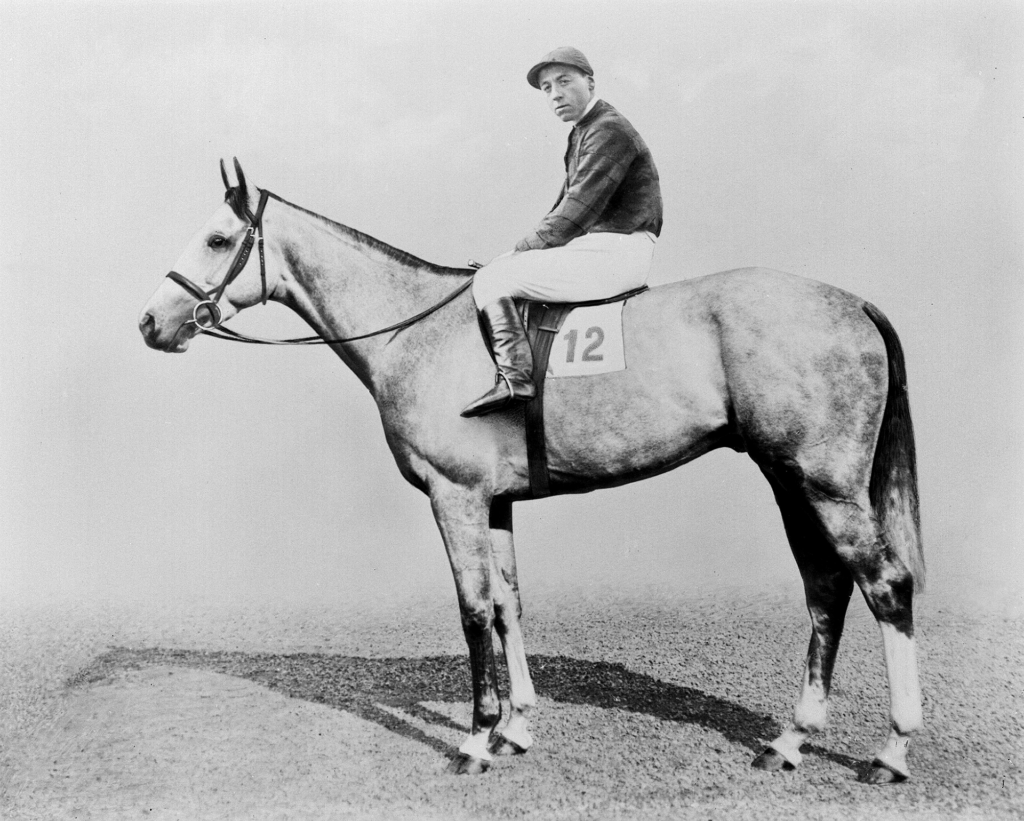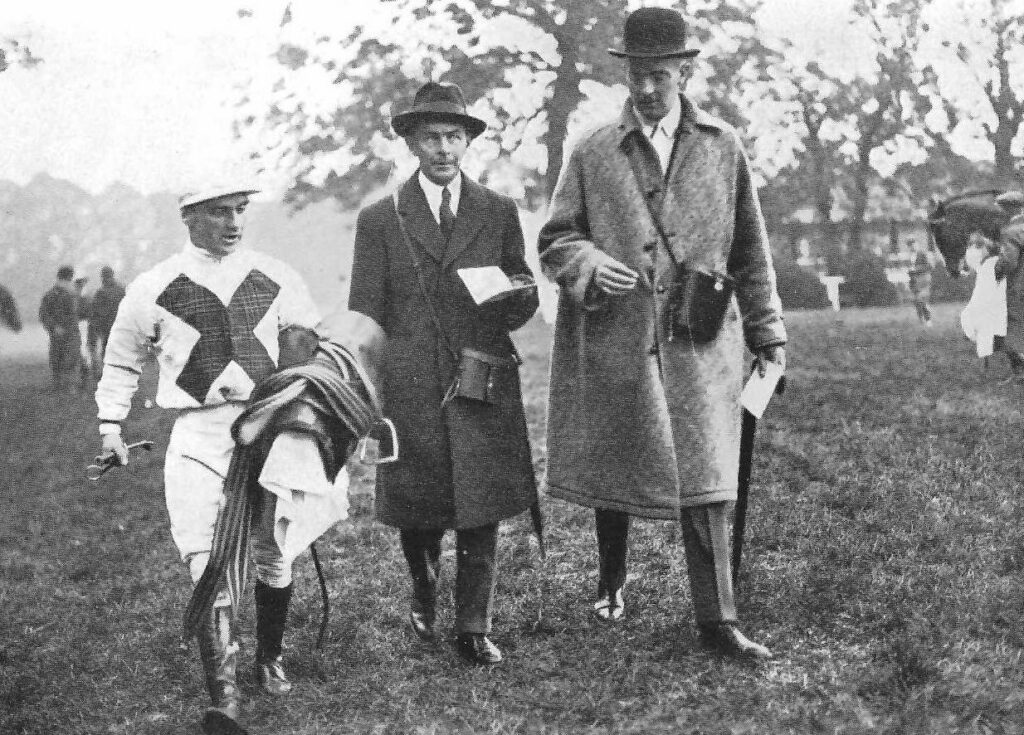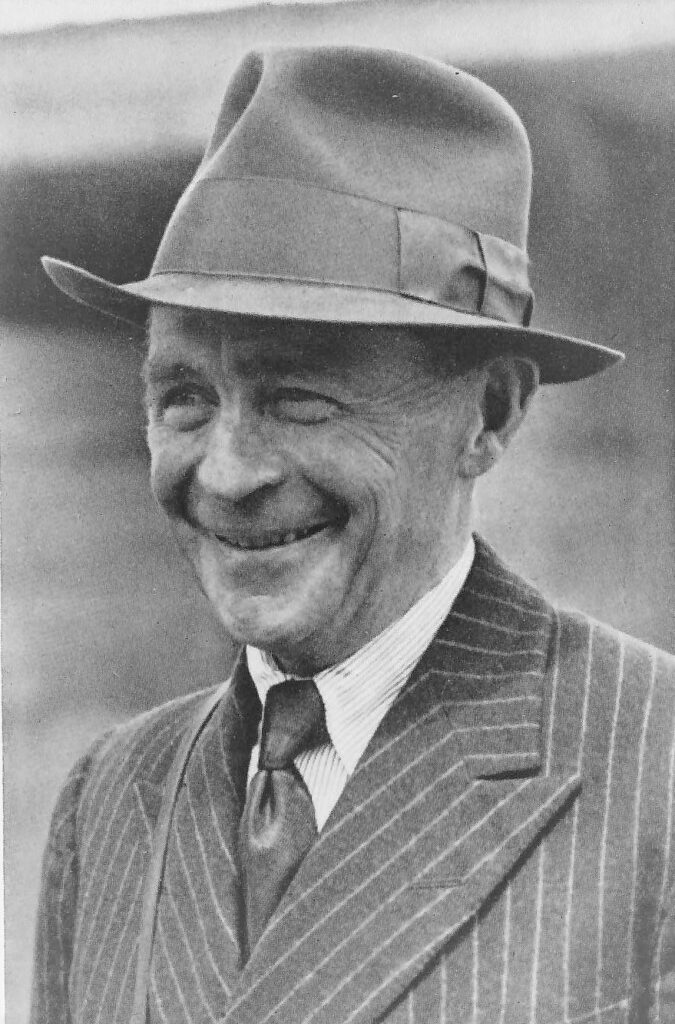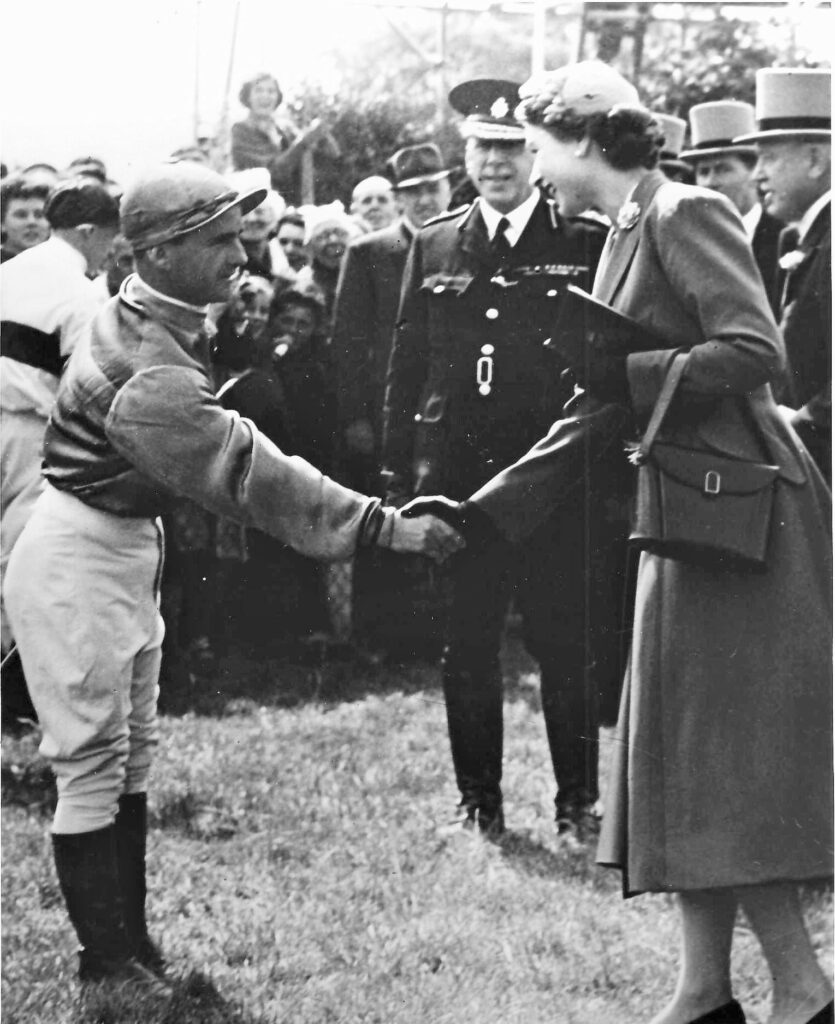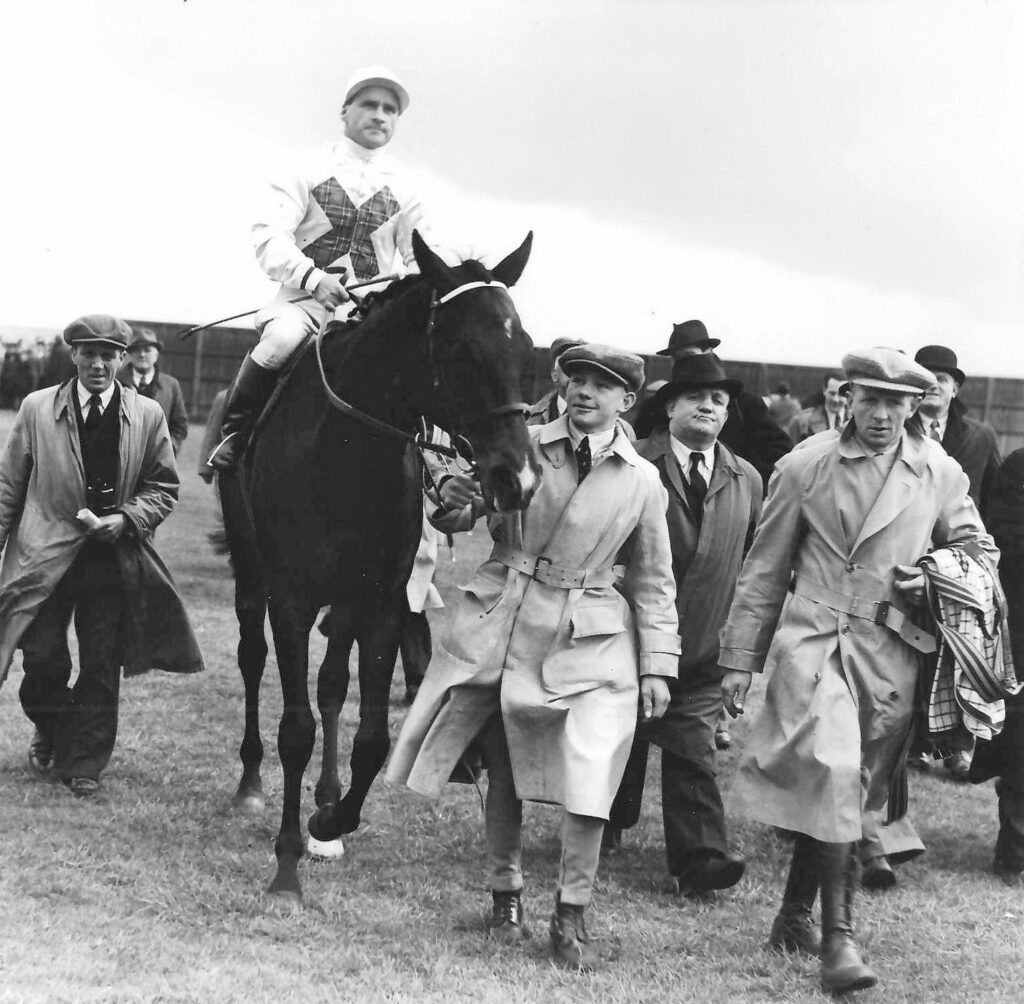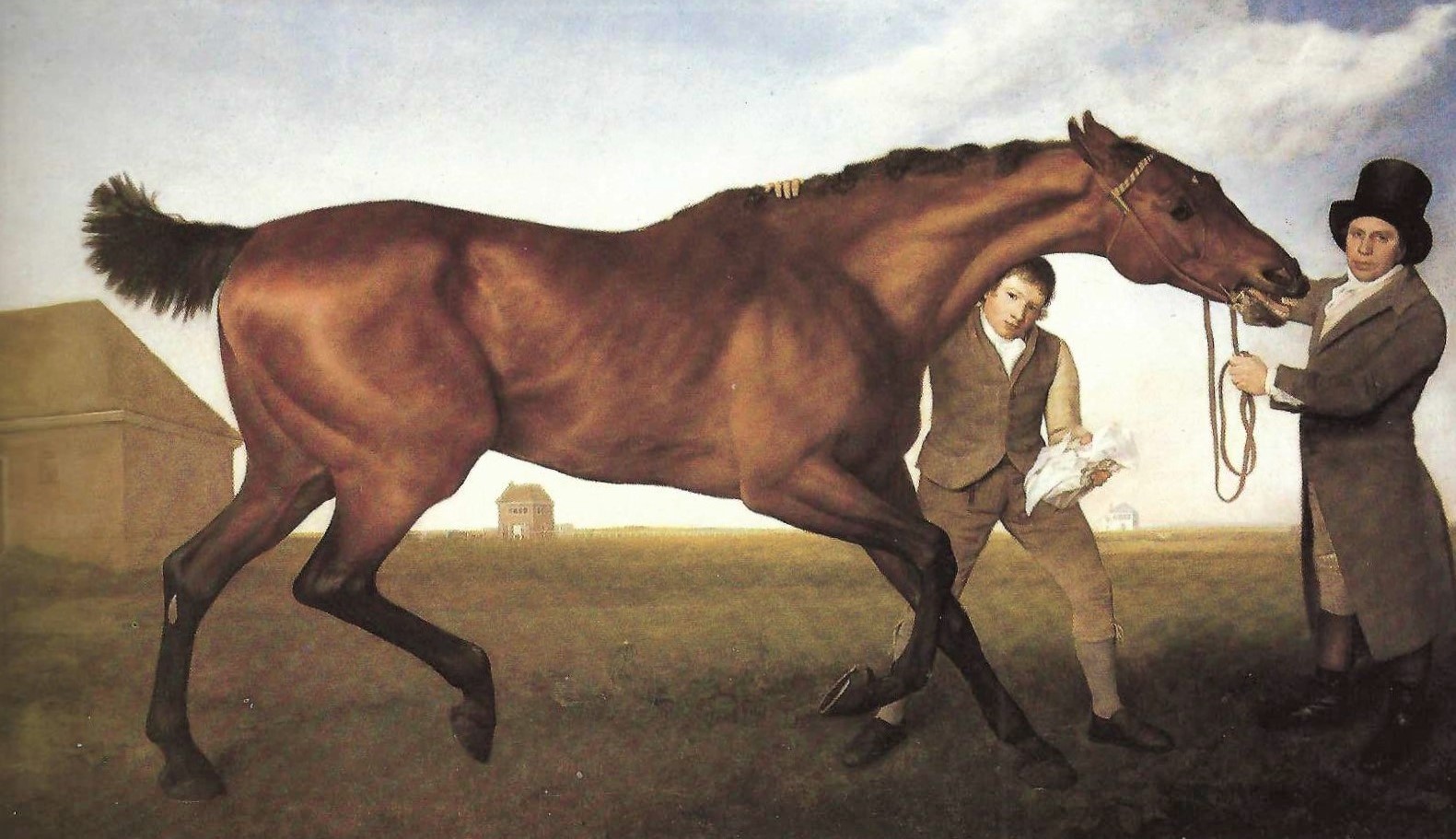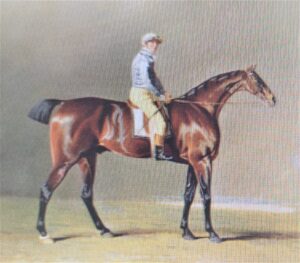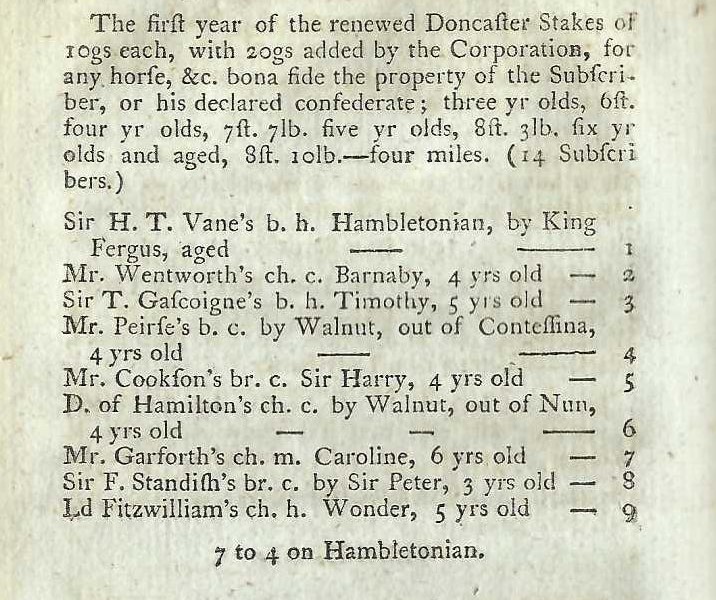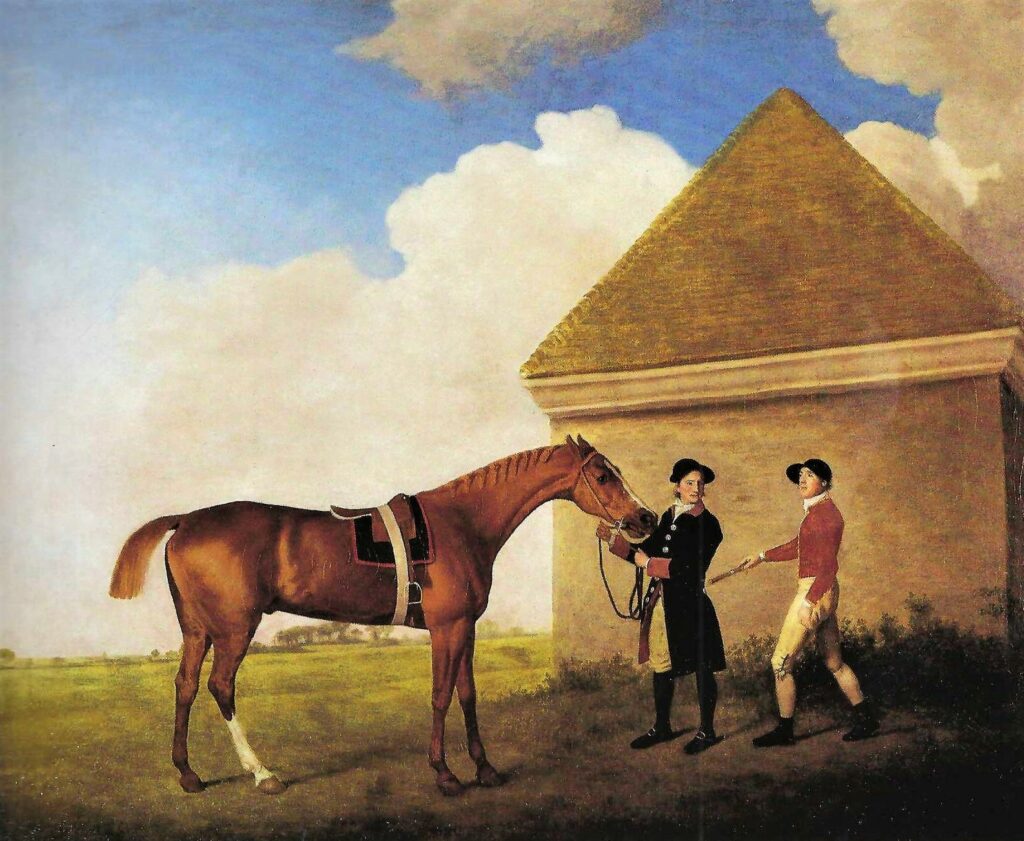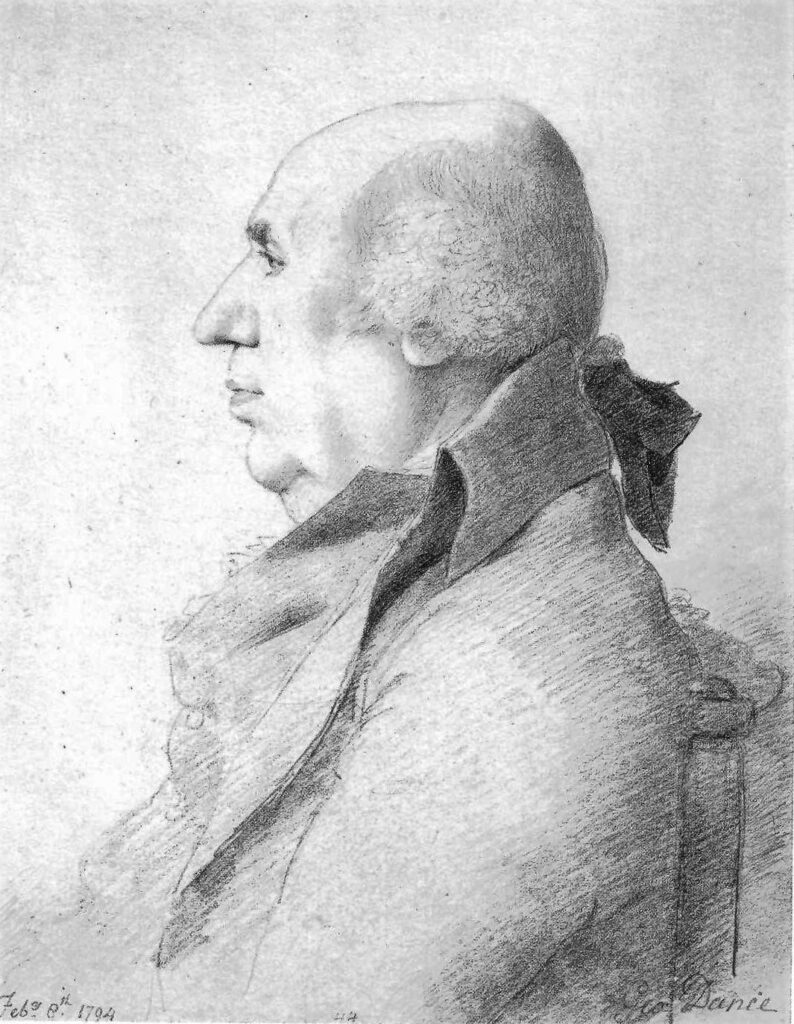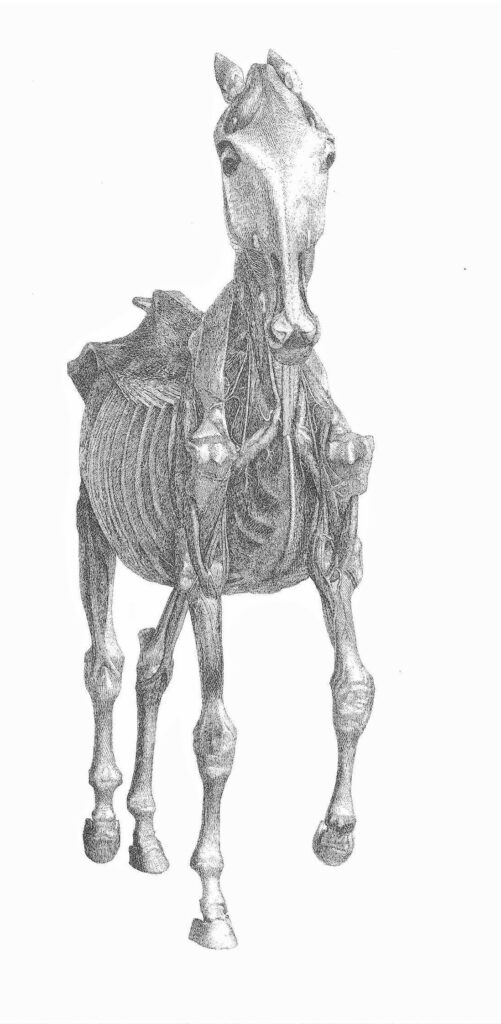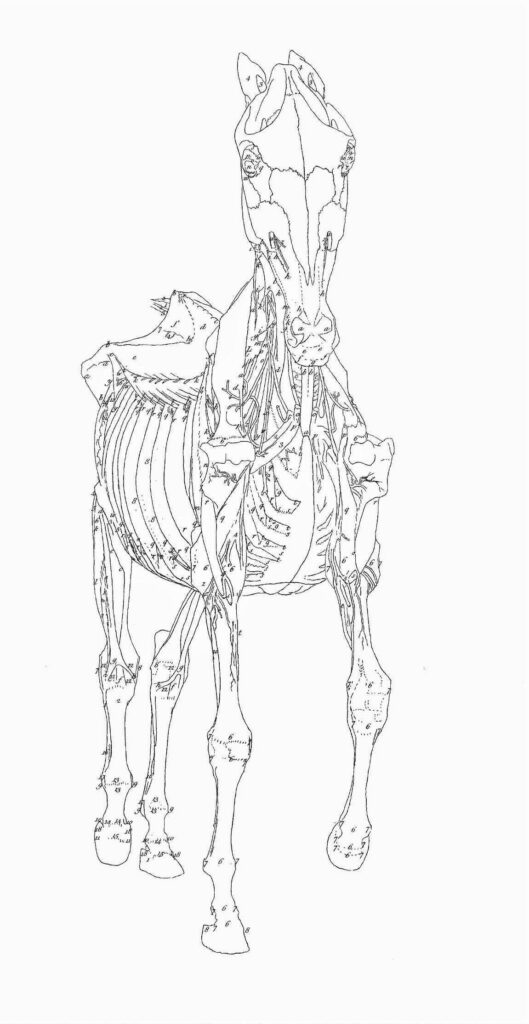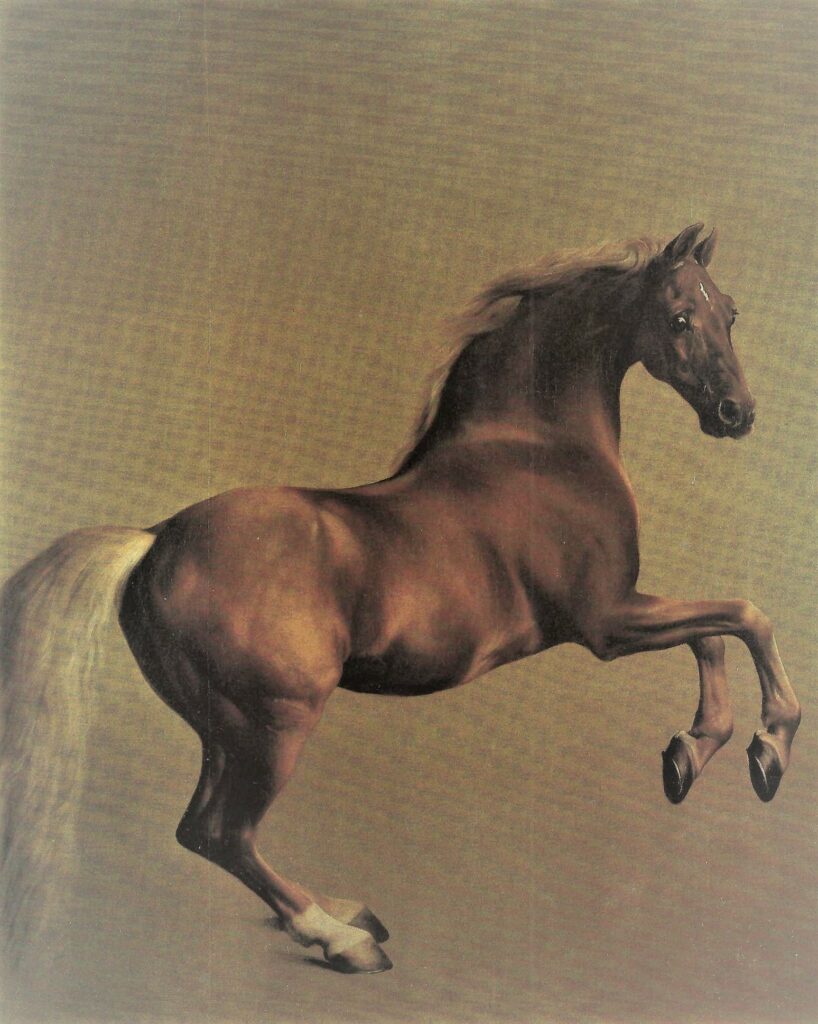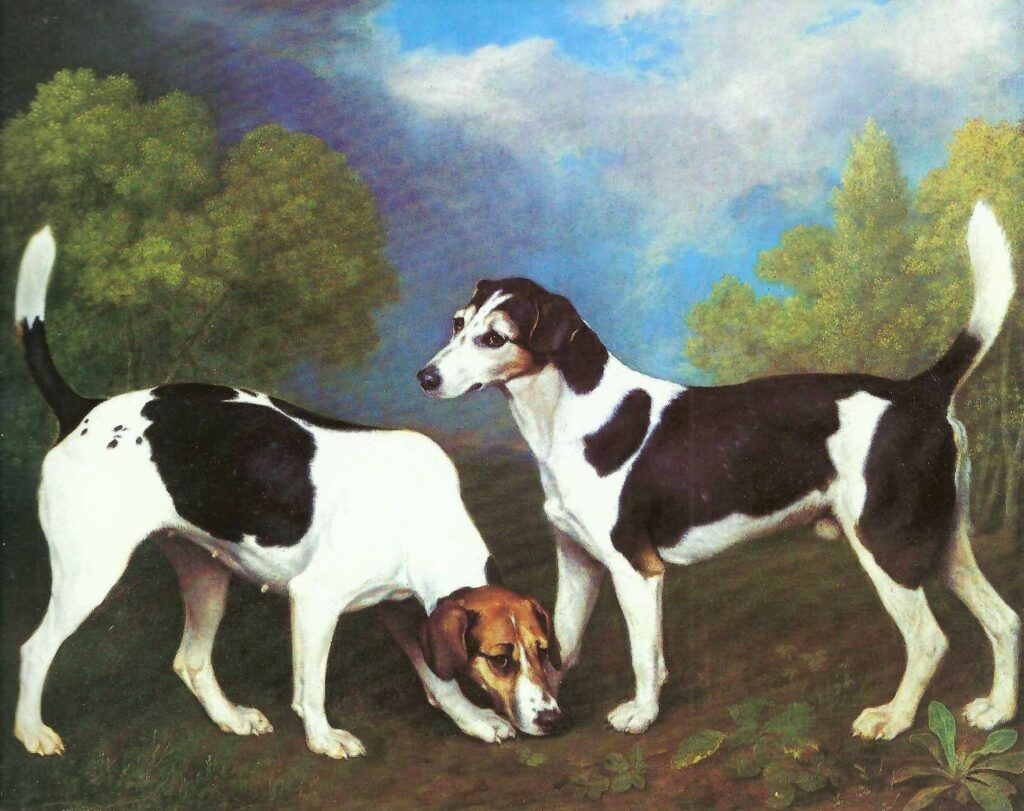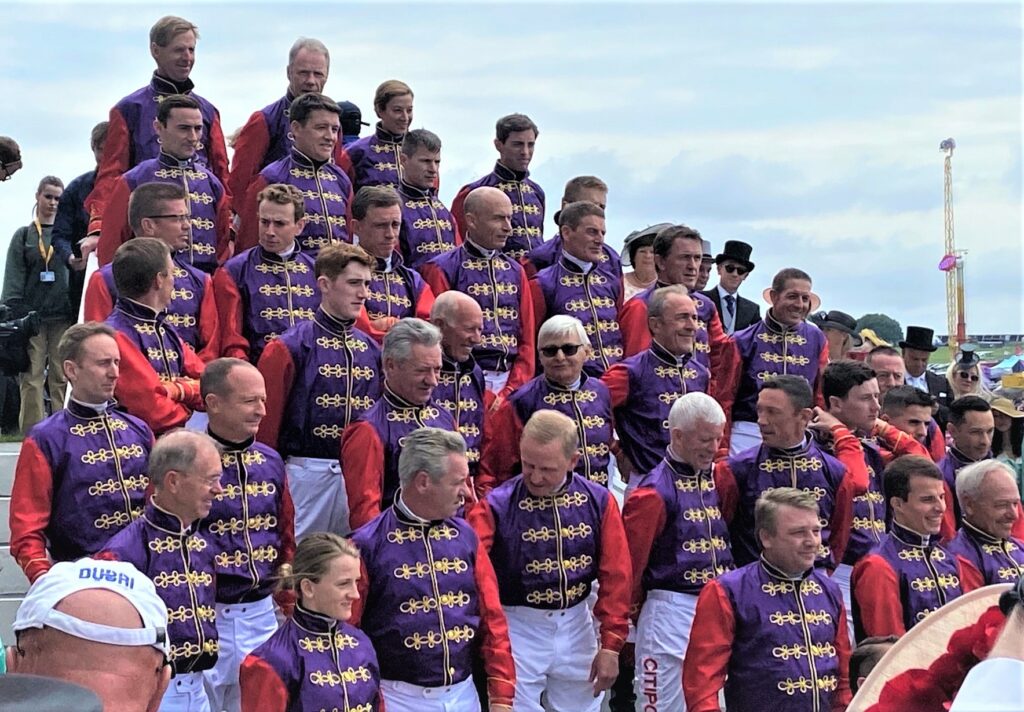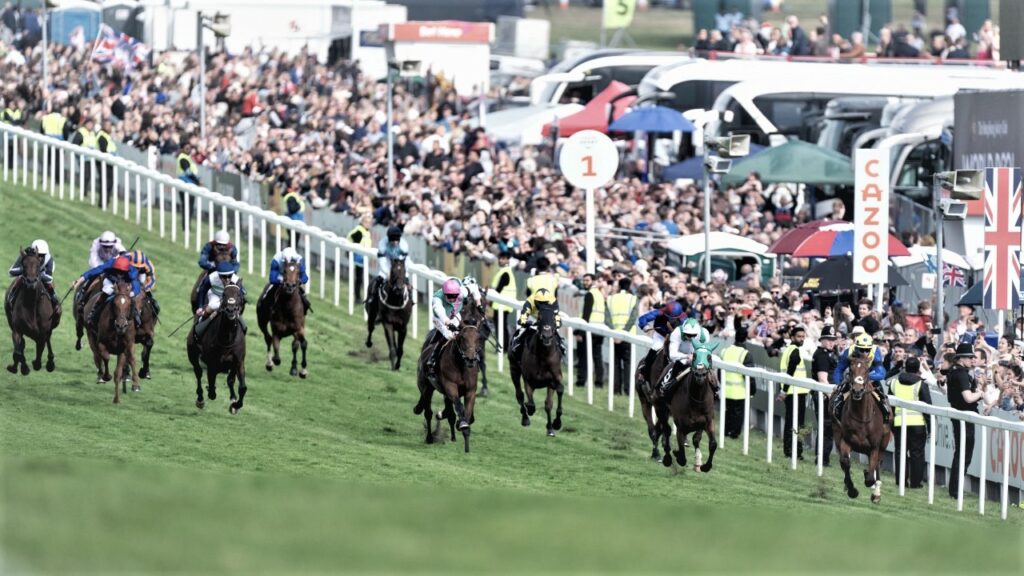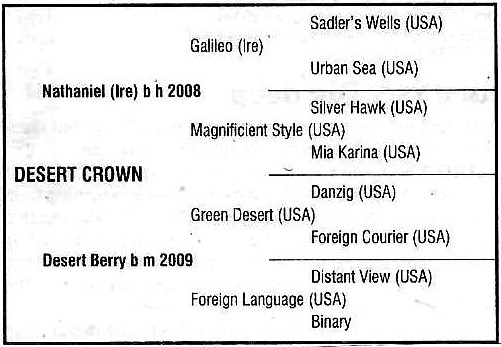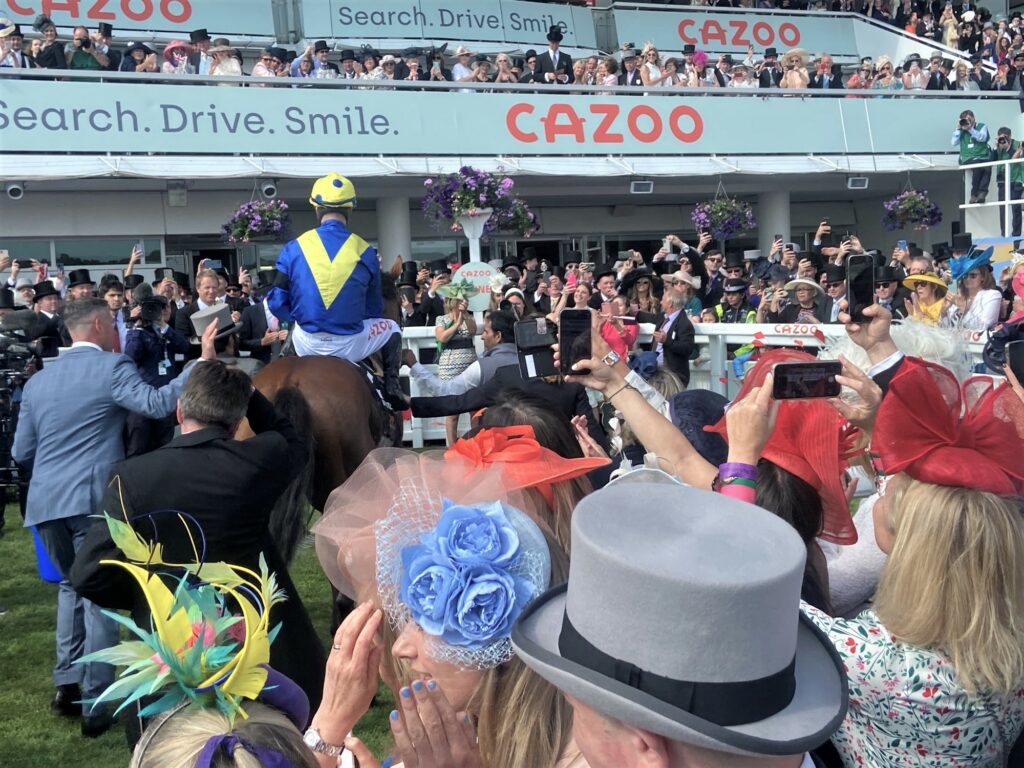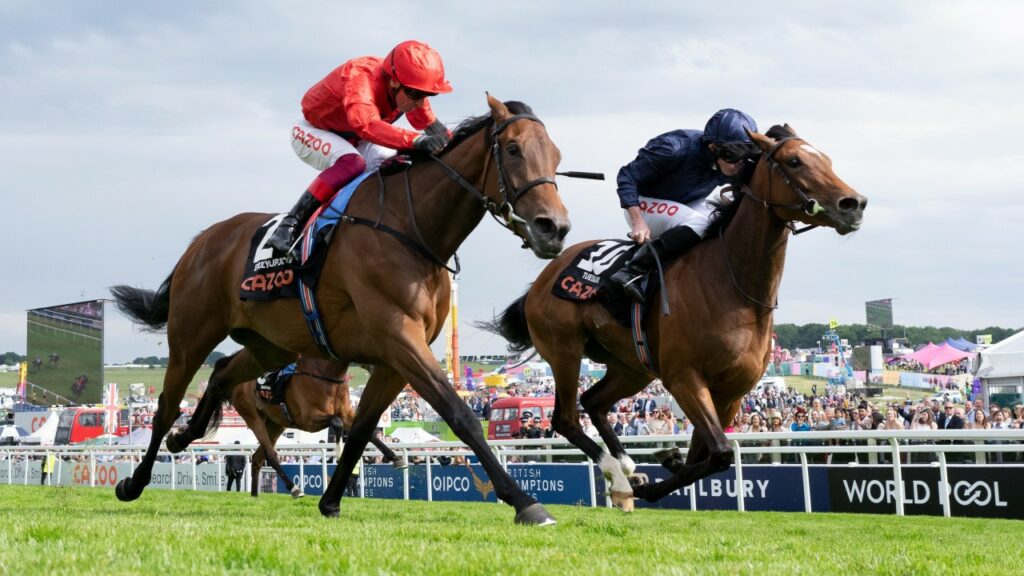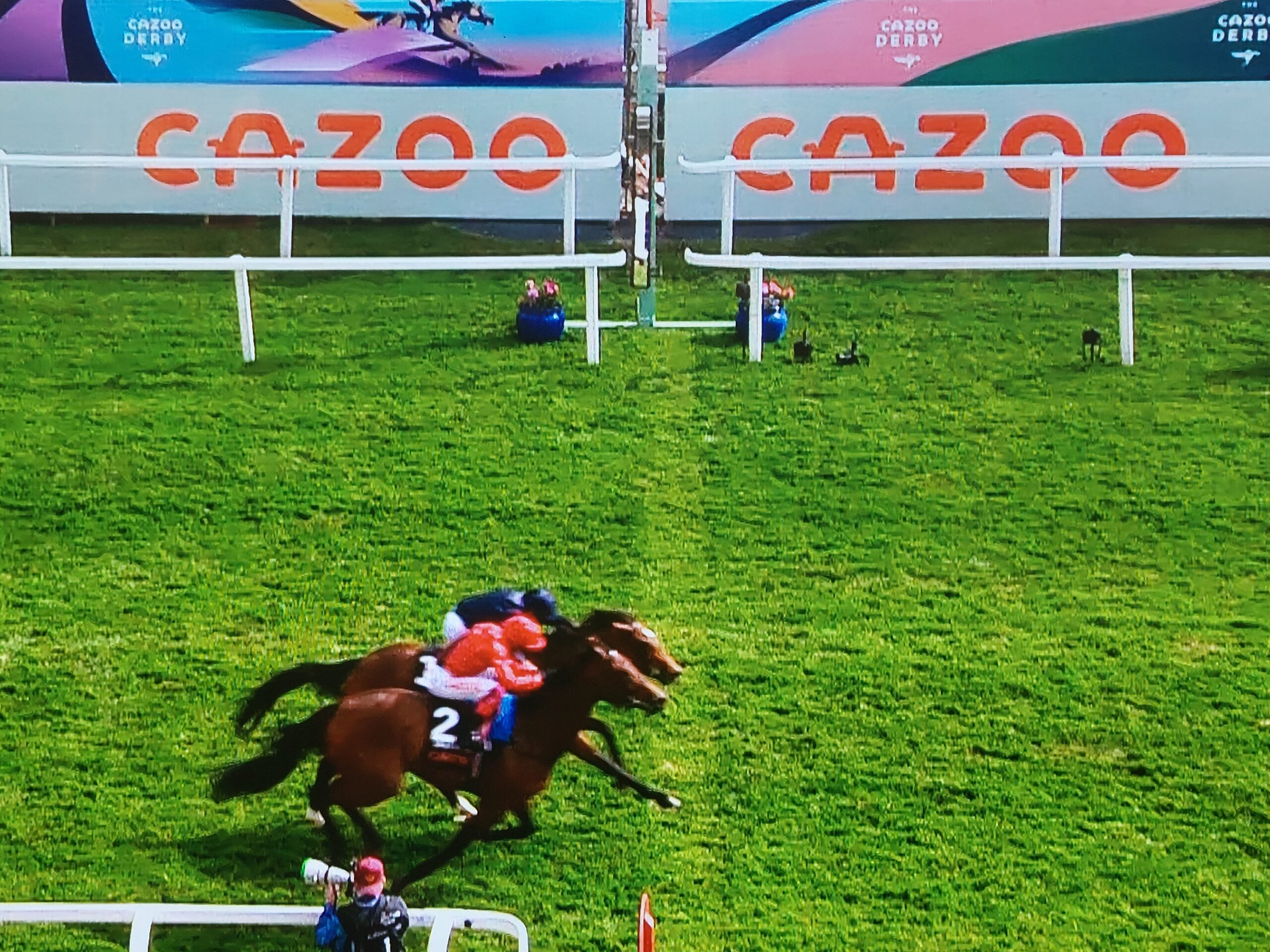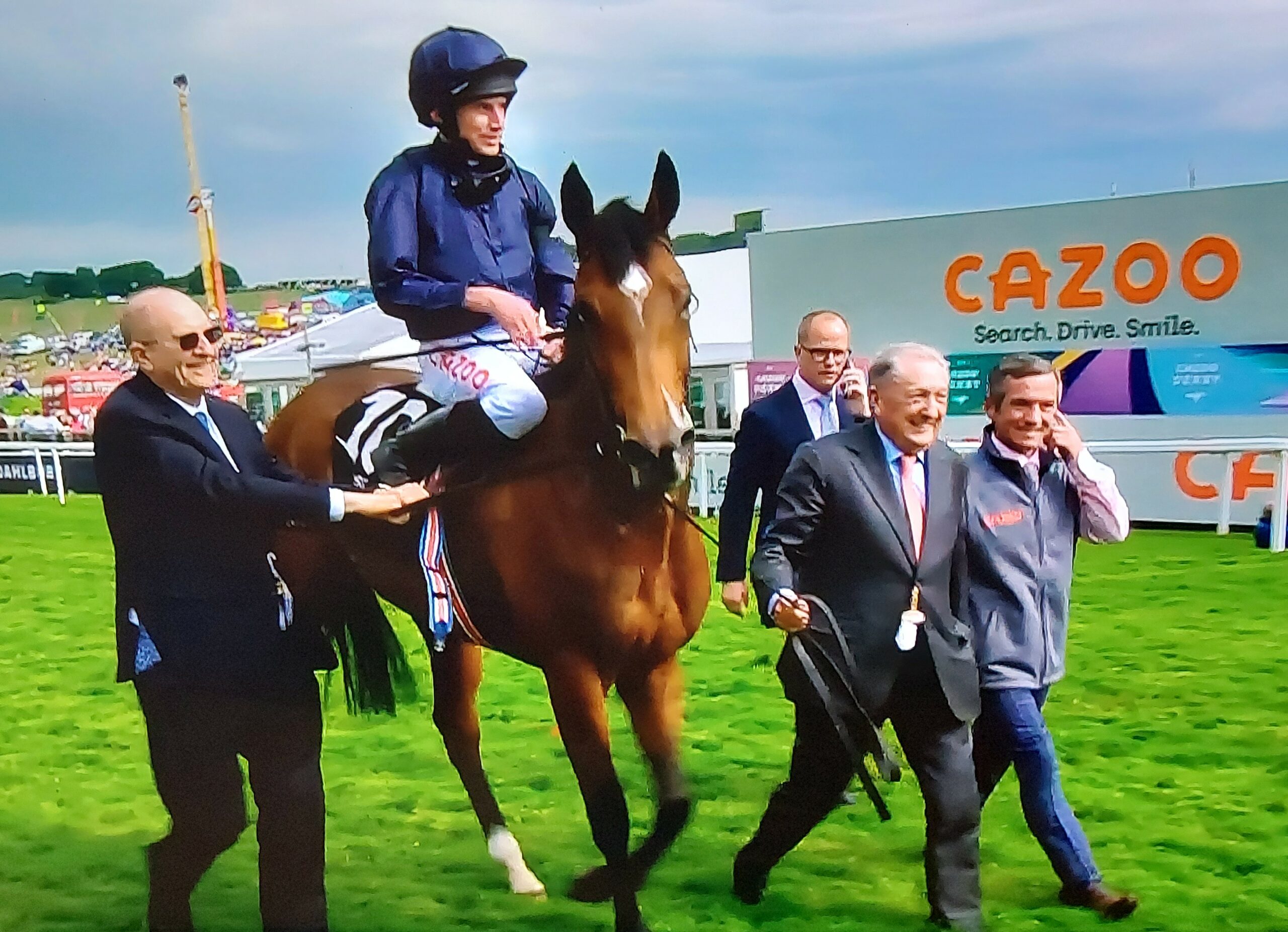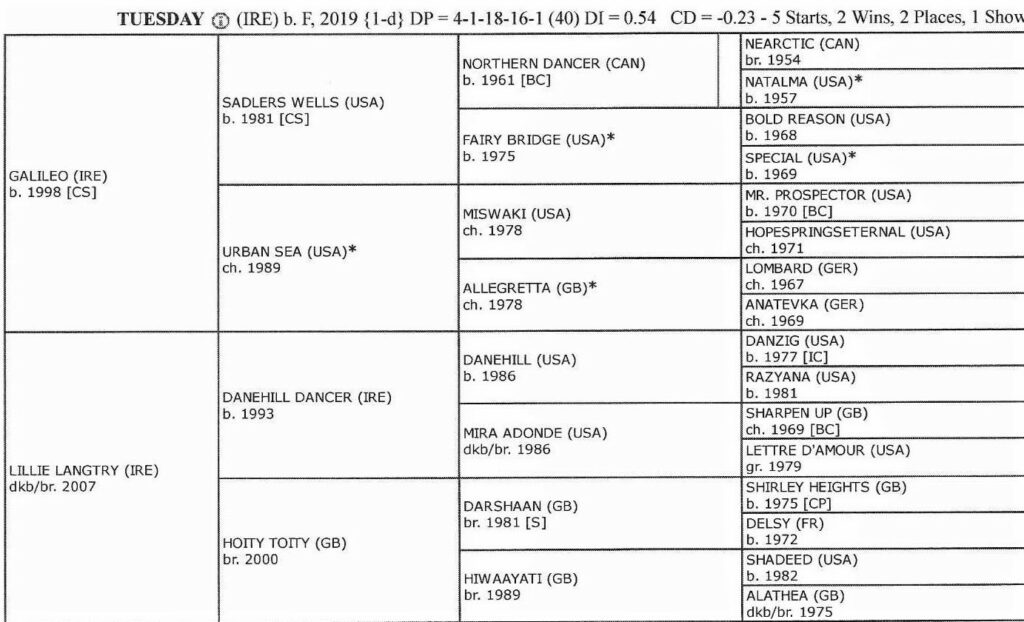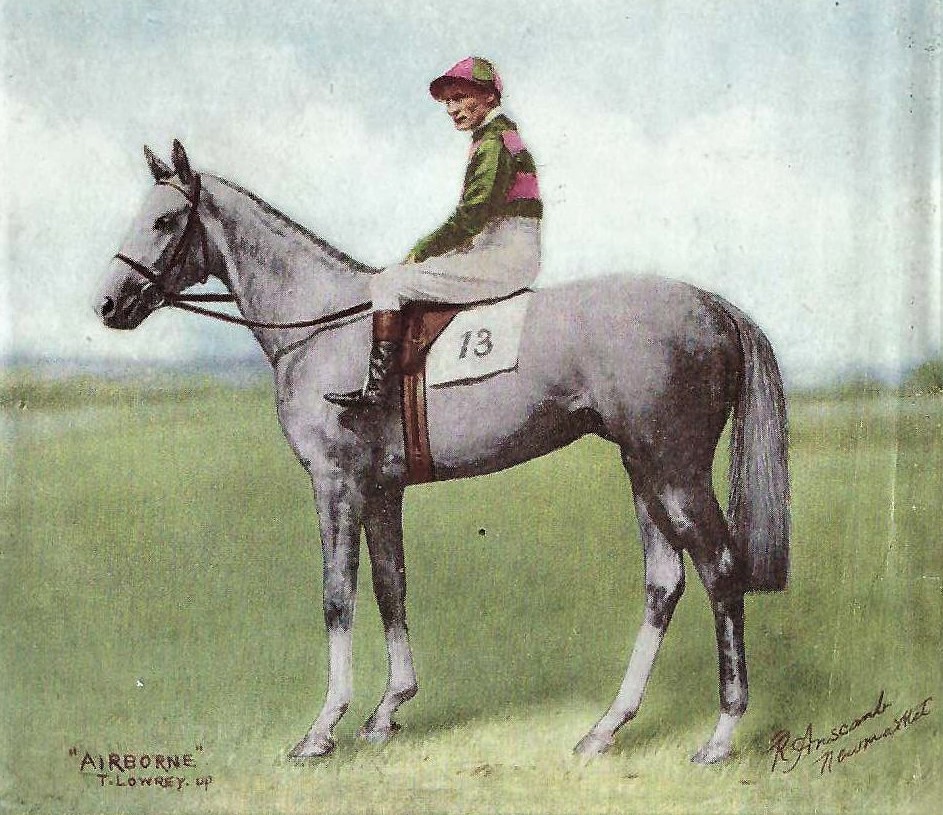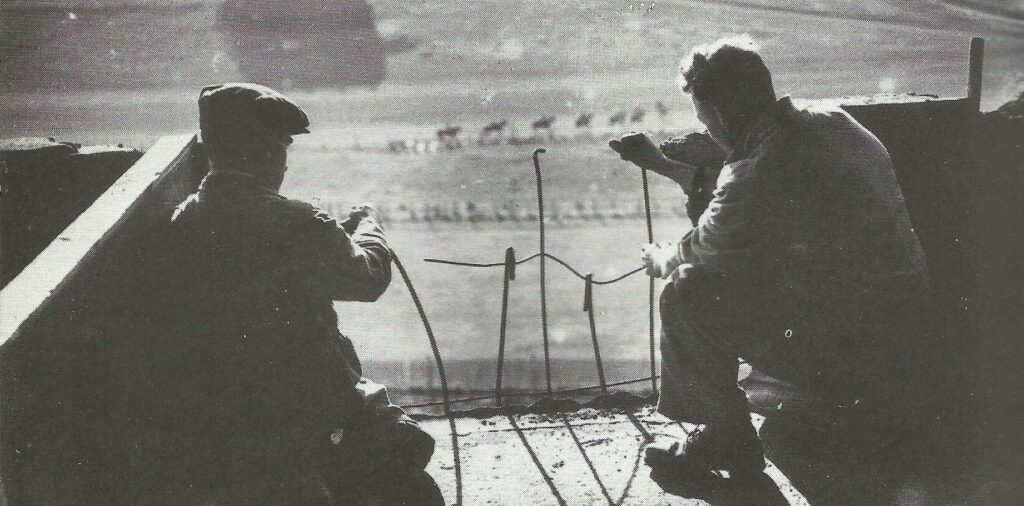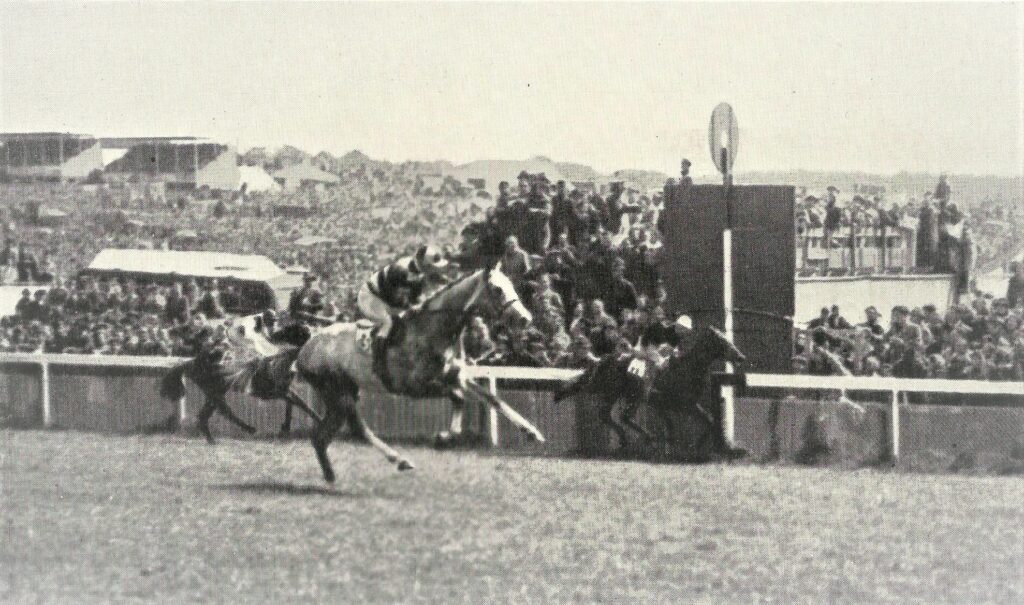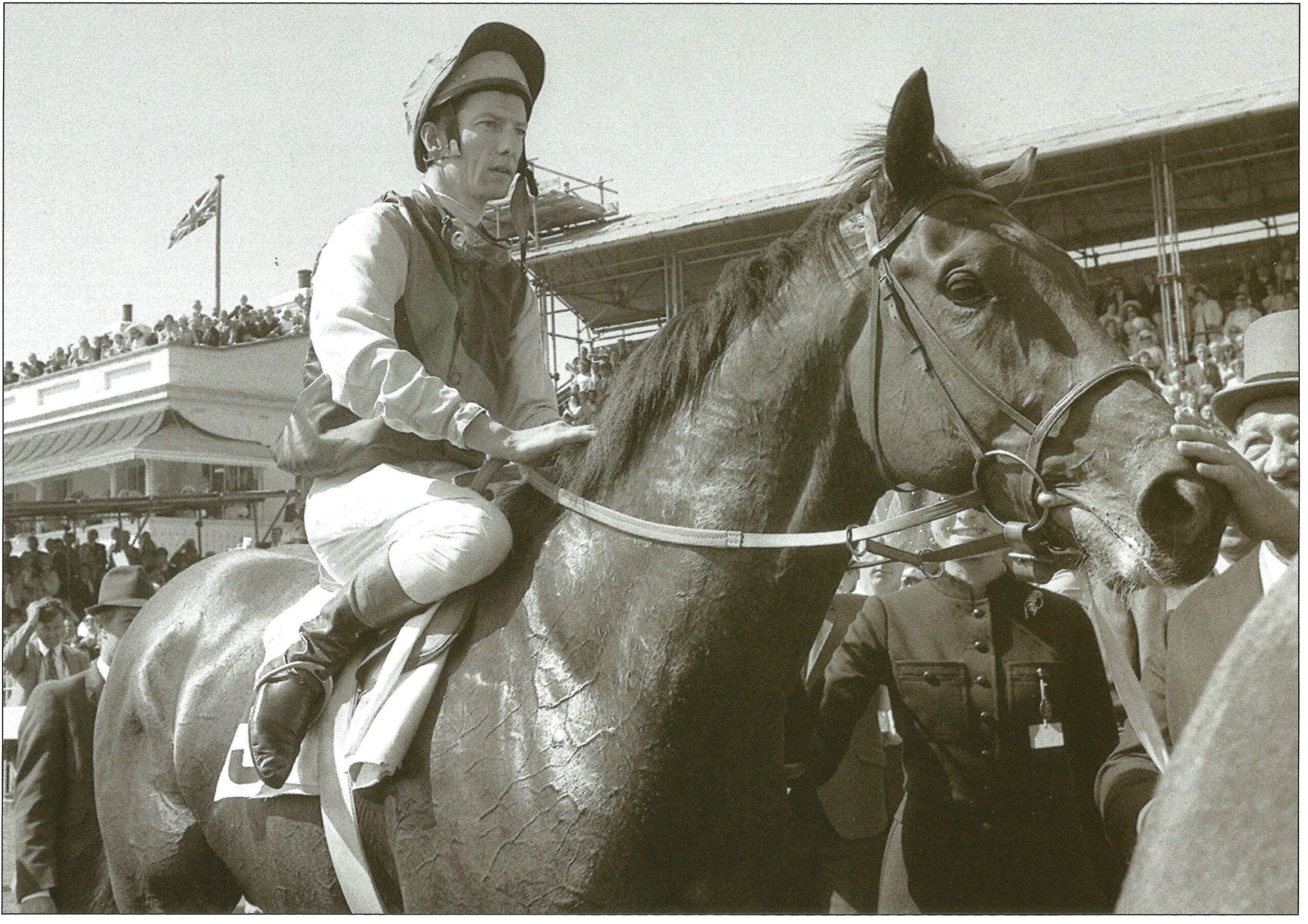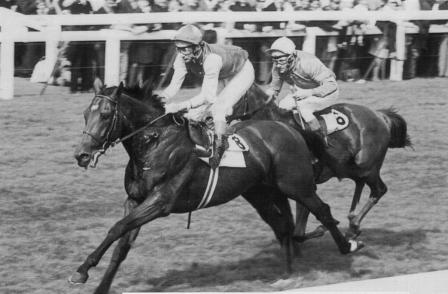SIGNIFICANT CHAMPION SIRES of GB & IRE
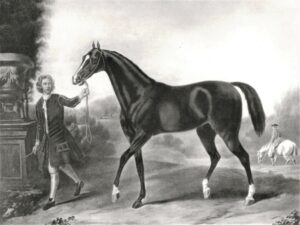
DARLEY ARABIAN (b.c.1700)
Imported as a four-year-old (near 15 hands). Owned by John Brewster-Darley of Buttercrambe, now called Alby Park, near York. Brewster-Darley’s brother, the agent of an English mercantile company in Aleppo and a local hunting club member, was able to purchase the colt for a very moderate sum before sending it to England as a present to John.
Both the sire and dam of the Darley Arabian belonged to the perfect Arabian strain of Managhi. The Champion Sire of 1722, the Darley Arabian’s progeny included the famous Flying Childers and his full brother Bartlet’s Childers.
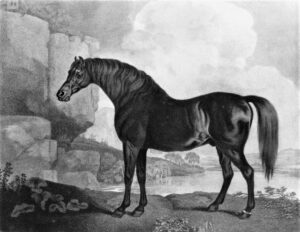 MARSKE (br.c. 1750)
MARSKE (br.c. 1750)
When Marske was a foal he was exchanged by his breeder John Hutton for a chestnut Arabian owned by William, Duke of Cumberland. The Duke later gave him the name Marske after a village in Yorkshire where the horse was bred. Marske won three races including the Jockey Club Plate, before standing at the Duke’s stud in Windsor Forest. The Champion Sire in 1775 and 1776, Marske also sired the famous Eclipse, who despite never being a Champion Sire 97% of all Thoroughbreds today trace back to him.
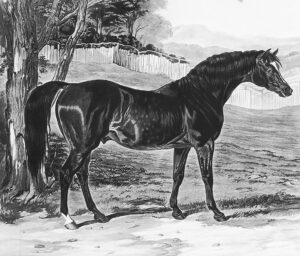 TOUCHSTONE (br.c. 1831)
TOUCHSTONE (br.c. 1831)
A great stayer; won the St Leger, Ascot Gold Cup (twice) and the Doncaster Cup (twice).
Touchstone was bred by the 1st Marques of Westminster and was Champion Sire four times within the period 1842-1855. Such had been the vogue for inbreeding that Touchstone was the first Champion Sire with an outcrossed pedigree since Waxy in 1810.
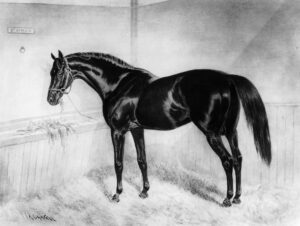 ST SIMON (b.c. 1881)
ST SIMON (b.c. 1881)
At the turn of the century St Simon’s influence on Thoroughbred breeding was probably as great as any stallion’s before him, and by siring the winners of 17 Classic races between 1890 and 1900 he equalled a record that Stockwell had taken 13 years to complete.
St Simon was not entered in the Derby or St Leger as his dam, St Angela, was 16 when foaling him and had not produced anything of note up till then. However, St Simon won both the Ascot Gold Cup and the Goodwood Cup by 20 lengths and, was equally good over shorter distances. Matthew Dawson, trainer of the winners of 28 Classic races, stated: “I have trained only one good horse in my life – St Simon.”
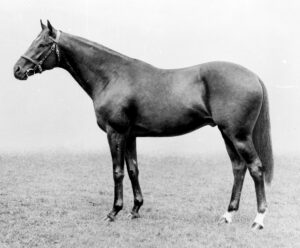 NEARCO (br.c. 1935)
NEARCO (br.c. 1935)
Unbeaten in 14 starts, Nearco won from five furlongs to the 15-furlong Grand Prix de Paris at Longchamp, where he beat Canot and the Epsom Derby winner Bois Roussel. After which Nearco, bred, owed and trained by Federico Tesio in Italy, was purchased by Martin Benson for the then the huge amount of £60,000, to stand at Beech House Stud, Newmarket, from where he was Champion Sire in 1947 and 1948. Nearco sired two Derby winners Dante (1945) and Nimbus (1949) and two Champion Sires, Nasrullah and Mossborough.
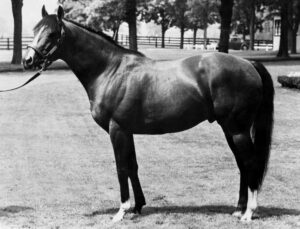 NORTHERN DANCER (b.c. 1961)
NORTHERN DANCER (b.c. 1961)
Northern Dancer was the first foal of Natalma and from the first crop of his sire Nearctic. Being a small late foal (27 May) from unproven parents, he was lead out unsold at a yearling auction ay $25,000. However, after winning seven out of nine races as a two-year-old, he was thought the best of his age in Canada, and the following year won a further seven races from nine starts including the Kentucky Derby in record time and the Preakness Stakes.
He initially stood in Canada at a fee of $10,000, but the success of his progeny on both sides of the Atlantic caused one nomination in 1985 to change hands at $1 million. Champion Sire in North America in 1971 and four times Champion Sire in Great Britain and Ireland in the period 1970-1984, Northern Dancer was the biggest single influence on Thoroughbred breeding in the 20th century.
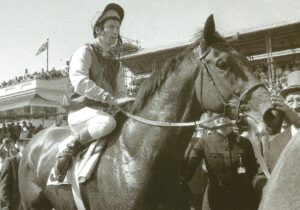 NIJINSKY (b.c. 1967)
NIJINSKY (b.c. 1967)
Like his sire Northern Dancer, Nijinsky was bred in Ontario, Canada, by Edward P. Taylor.
On the advice of Vincent O’Brien, Charles Engelhard purchased Nijinsky at the Woodbine sale in Toronto for CAN$84,000 (a Canadian yearling record) in September 1968. Trained by O’Brien, Nijinsky won 11 races including the Triple Crown, Irish Sweeps Derby and King George VI and Queen Elizabeth Stakes. He was Champion Sire in 1986 and sired three Derby winners – Golden Fleece (1982), Shahrastani (1986) and Lammtarra (1995).
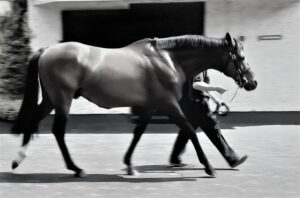 SADLER’S WELLS (b.c. 1981)
SADLER’S WELLS (b.c. 1981)
Bred by Swettenham Stud and Partners in U.S.A. Sadler’s Wells was a good looking, good moving, lengthy colt by Northern Dancer. Trained by Vincent O’Brien he won the Irish Two Thousand Guineas, the Coral-Eclipse Stakes and the Phoenix Champion Stakes. He was Champion Sire a record 14 times within 1990-2004, siring two Derby winners Galileo (2001) and High Chaparral (2002) and the Arc winner and Champion Sire, Montjeu.
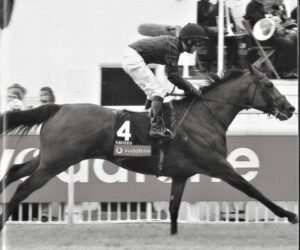 GALILEO (b.c. 1998)
GALILEO (b.c. 1998)
The day after the 2001 Vodafone Derby the headlines of “Galileo the star turn” and “Galileo in orbit”, extolled the tale of his impressive victory over Golan, before a modern-day record attendance of 150,000. Bred by Mr David Tsui & Orpendale in Ireland, Galileo was by Sadler’s Wells out of the ‘Arc’ winner Urban Sea. He won six of his eight races including the Derby, the Irish Derby and the King George and Queen Elizabeth Stakes. The Champion Sire 12 times – 2008, 2010-2020 – he sired at Epsom five Derby winners and five Oaks winners.
His star pupil, however, was Frankel, unbeaten in 14 races and the Champion Sire in 2021.
Galileo died on 10 July 2021, after an injury to his near foreleg failed to heal after surgery.
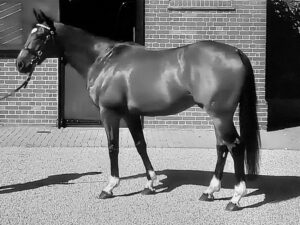 FRANKEL (b.c. 2008)
FRANKEL (b.c. 2008)
Foaled on 11 February 2008, Frankel is a bay colt by Galileo ex Kind by Danehill. He was owned by Khalid Abdullah, bred by Juddmonte Farms Ltd and trained by Henry Cecil at Newmarket. Unbeaten in 14 races, including the Two Thousand Guineas, Frankel was given the highest Timeform rating of 147 after his 11-length victory in the Queen Anne Stakes at Royal Ascot, creating a new course record. At stud he was Champion Sire in 2021 and has to date sired a Derby winner – Adayar (2021), an Oaks winner –Anapurna (2019) and two St Leger winners – Logician (2019) and Hurricane Lane (2021).
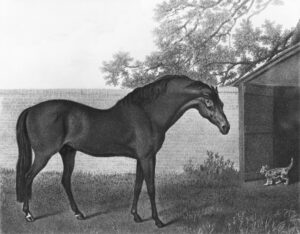 GODOLPHIN ARABIAN (br/b. c 1724)
GODOLPHIN ARABIAN (br/b. c 1724)
Foaled in the Yemen in 1724 (from Jilfan blood), exported via Syria to Tunis and given by the Bey of Tunis to the King of France. Later bought by the Englishman Edward Coke of Longford Hall, Derbyshire, who on his death in 1733, bequeathed his bloodstock to Roger Williams, the proprietor of the St James’s Coffee House in London, who acting as a bloodstock agent sold him to 2nd Earl of Godolphin; the horse, thereafter, was known as the Godolphin Arabian.
Registered first as an Arabian in the General Stud book of 1791, there is no record of him having ever raced; neither are there any details of his pedigree. However, at stud he was an outstanding success and was Champion Sire three times (1738, 1745 and 1747). His first get was Lath (b.c. 1732), one of the best horses of his time. Two years later he sired Cade (b.c. 1734), who went on to be Champion Sire five times. Both these colts were out of Roxana by Bald Galloway. The Godolphin Arabian died at Gog Magog, near Cambridge, in December 1753, aged 29 years. He was given a wake with cakes and ale, and solemnly buried under a gateway at the stable. A stone slab marked his gravesite, which still exists today, within the Wandlebury Ring.
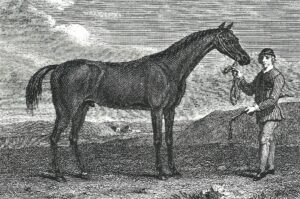 MATCHEM (b.c.1748)
MATCHEM (b.c.1748)
Blessed with longevity and virility, Matchem exercised a great influence on the development of the Thoroughbred. Bred by John Holme of Carlisle, he was sold to William Fenwick of Bywell, Northumberland, before his racing career commenced. In all, he won eight races, including a famous match against Trajan for the Whip over Newmarket’s Beacon Course. During his stud career at Bywell he was Champion Sire three times from 1772 to 1774 and sired two Classic winners in his old age. His offspring won a total of 781 races.
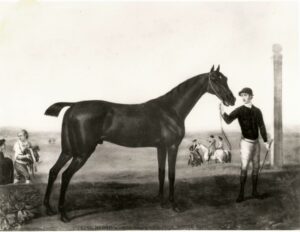 HEROD (b.c. 1858)
HEROD (b.c. 1858)
Also known as King Herod, he was bred by William, Duke of Cumberland at his stud in Windsor Forest. Herod won six races, including two matches against the Duke of Grafton’s Antinous over the Beacon Course at Newmarket, the second match at double the stake creating great interest when Antinous receiving 9lb, again started favourite. The weight, however, made no difference and Herod again won easily. Although inclined to break blood vessels, Herod did not pass on this trait to his sons Highflyer and Woodpecker and was Champion Sire eight times from 1777 to 1784 inclusive, his progeny winning 1042 races. As proof of his influence, more Classic winners and Champion Sires were inbred to Herod than any other horse.
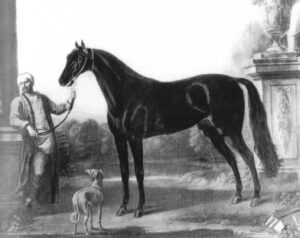 BYERLEY TURK (br.c. about 1684)
BYERLEY TURK (br.c. about 1684)
Thought to be an Arabian from all available portraits. Taken from the Turkish army at Buda in 1687 and obtained by Captain Byerley of County Durham, who rode him in the Battle of the Boyne in 1690. His notable offspring included Sir R. Mostyn’s Jigg, out of a daughter of Spanker; Jigg going on to sire Partner (ch.c. 1718), a four times Champion Sire between 1737 and 1743.
To see Michael’s Champion Sires Chart 1722-2021 click on the link below
The Champion Sires Chart 1722-2021
